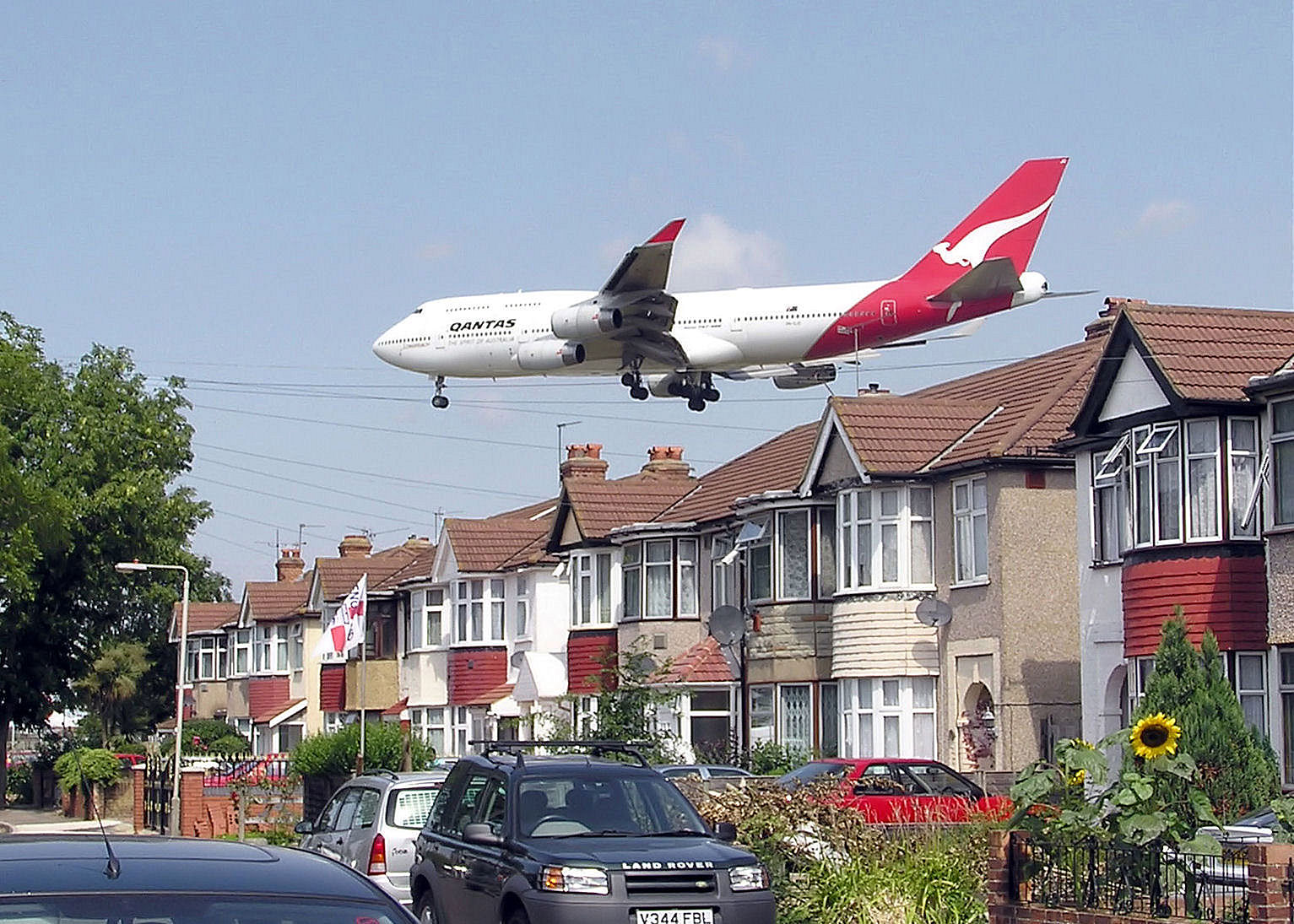Wow is really the only word I have to describe the movie “Food INC”. I do believe that animals were put on this earth to benefit humans but I also believe that all living things deserve dignity and respect. The way almost every animal in the film “Food INC” was grossly mistreated. There were multiple things wrong but one that got me all bothered was when all the baby chicks were just thrown on conveyor belts and then it looks like tagged and disrupted to different chicken farms. Rather than growing and developing on a natural timeline, chickens are given antibiotics to grow at a rapid speed. They will be full grown in 44 days as opposed to 90 days. One result is the bones aren’t able to keep with the rapid growth and weight gain so the chickens have trouble walking more than 4 steps. Causing them to be sitting in their own feces.
http://whats--hot.net/wp-content/uploads/2014/05/Food_Inc_Quad.jpg
Pigs were also mistreated. They were herded on to large semi-trucks and hauled to the butcher houses. These butcher houses butcher over 36,000 pigs a day. They take in huge herds and stun them and cut off their oxygen to suffocate them. Then the process of butchering can be done. I’ll be honest; I was blithely unaware of how this process went and how inhumane it is. It saddens me how many people are unaware of how their meet comes to them. Now one thing that was wonderful to see, was the one farmer who did things in small non-commercial like way. He did most of the work outside in the open air, which initially the FDA did not approve but after testing samples of his mean products, they were cleaner than commercial butchers. It was a peaceful environment for the animals that were about to be butchered as well as for the employees.
http://www.schwabinsagency.com/img/~www.schwabinsagency.com/farm%20pic.jpg
The book also focused not only the safety of the animals that are involved in our food supply, but also the way we have genetically modified our food and all the additives we put in our food to make it last longer. According to the FDA “out of 3,000 food additives used in the US, only about 2,000 have detailed toxicological date available” (Robertson, P. 228). That means the remaining 1,000 have unknown origins. Being more transparent with how our crops and livestock are raised will be imperative over the coming years as these multiple billon dollar industries come crazing down.
https://bionews-tx.com/wp-content/uploads/bfi_thumb/FDA-warning-for-PAH-drug-615s6jx9yo5fdxkb2qd0szgk2p8cmftjgdzev9bu4ey.gif




